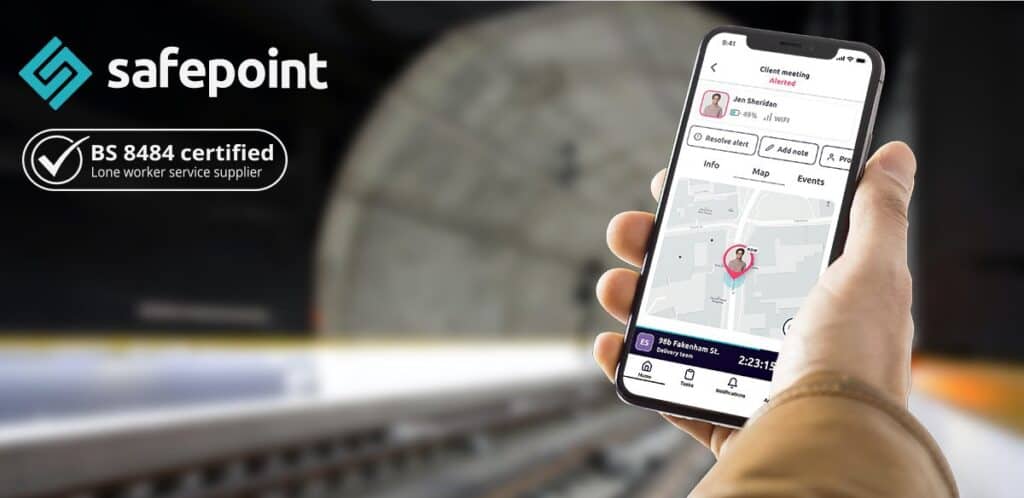
BS 8484:2022 is the British industry standard for providers of lone working safety services. While it is not a legal requirement for lone worker safety organisations, BS 8484 accreditation shows consumers that an organisation has met the government’s strict standards.
The British Standards Institution (BSI) introduced BS 8484 In 2009 to create a new standard for those that provide lone working solutions. The standard has since been updated in 2011, 2016 and 2022 to keep up with changing technologies, particularly around the use of smartphones. BS 8484 affects lone working service providers, as well as lone worker solutions and Alarm Receiving Centres (ARCs).
The UK government takes the safety of lone workers very seriously and requires employers to provide their lone workers with ‘adequate and reliable means of communication and a way to call for help’ (in the words of the Health and Safety Executive).
These provisions, as well as a growth in people working as lone workers, has led to an increase in lone worker protection solutions appearing on the market. BS 8484 matters because it sets a high standard of quality for lone worker solution providers to meet, and also gives customers better transparency about what they’re buying into.
It is not a legal requirement for solution providers to meet the standards of BS 8484. Instead, BS8484 should be seen as a mark of quality that customers may want to look out for when on the market for a lone worker solution.
It should also be noted that BS 8484 can be self-certified. However, to make sure that we meet and surpass these standards, and thus bring the best protection, authority and transparency to our clients, our BS 8484 status is assessed, audited and registered by British Standard Institute Associate Consultants.
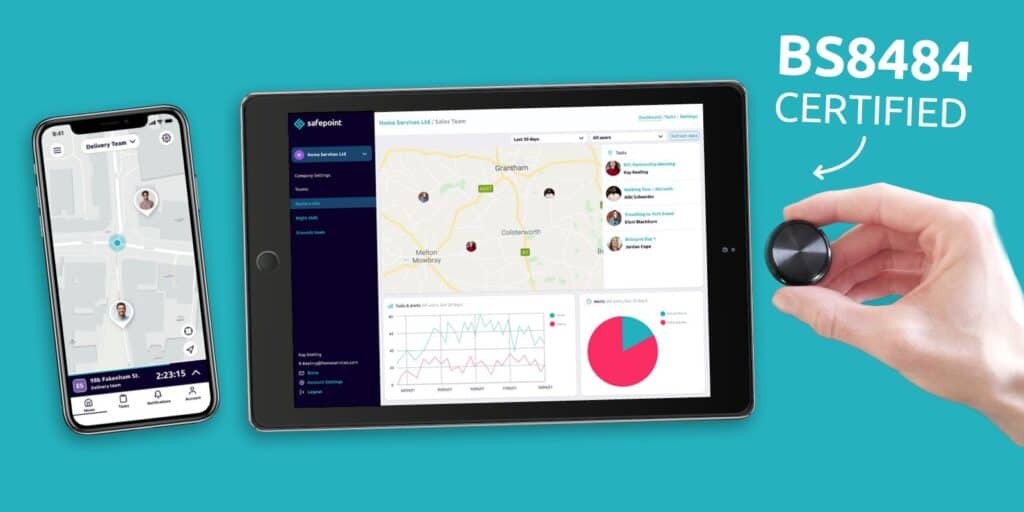
Full BS 8484 accreditation is not a quick or simple process but, in our experience, it is worth the work to give customers a quality experience that has transparency, efficiency and safety at its core.
Some of the standards of service needed for BS8484 accreditation include:
Section four of BS8484 requires that providers have the capability to run a safe and dependable end-to-end service. Suppliers must prove that:
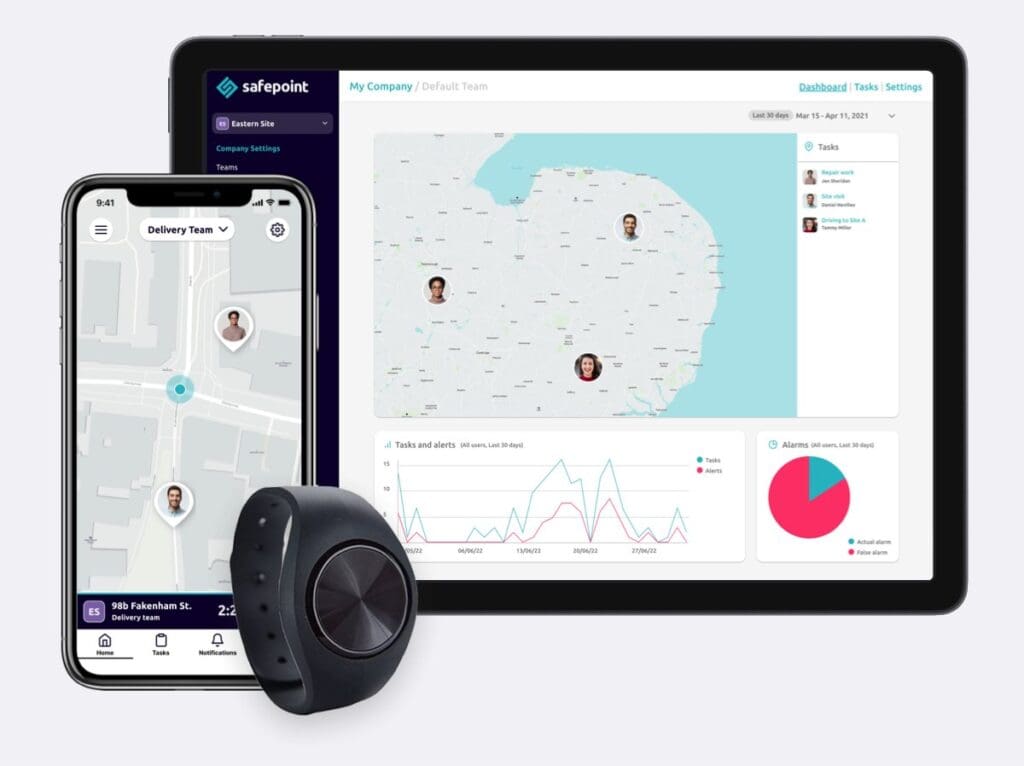
BS 8484 section five lays out what functions lone worker apps and devices must have, as well as suggesting what functions are appropriate for different scenarios and different types of lone workers. This encourages a more fit-for-purpose range of solutions.
Some of the requirements this section lays out include:
Section six covers the training and support of both customers and staff. In short, providers must:
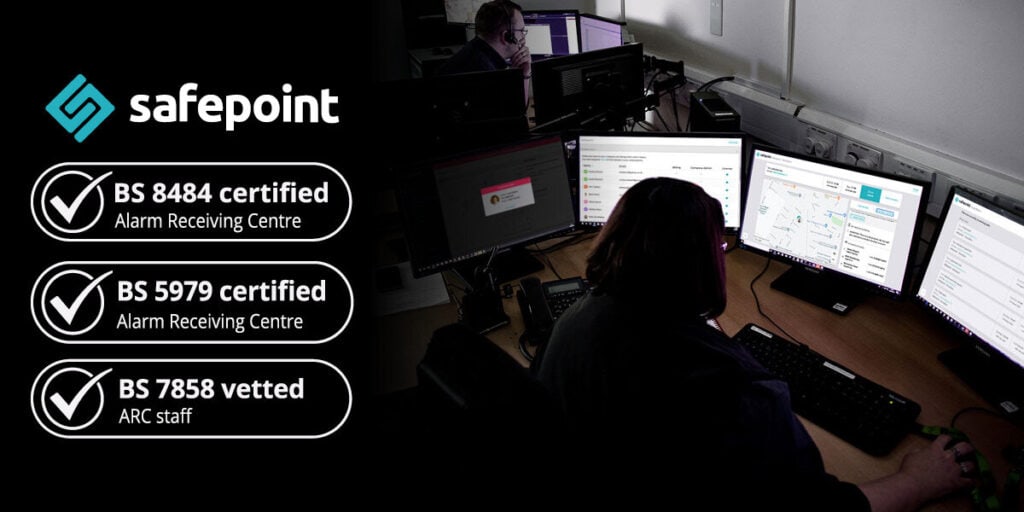
In 2016, BS 8484 Section 7 gave details on how lone worker safety providers should manage their Alarm Receiving Centres.
Since the 2022 update, however, the section on ARCs simply suggests that Alarm Receiving Centres should meet standards set out in BS 8591, BS EN 50518 or BS 5979:2007.
If you’re interested in what the standard used to say about ARCs, we have a run-down below (otherwise you can skip to the next section!):
In 2022, the The British Standards Institution updated BS8484 to reflect changing technologies and norms, and to improve safety. The sum-up of changes brought in BS 8484:2022 are:
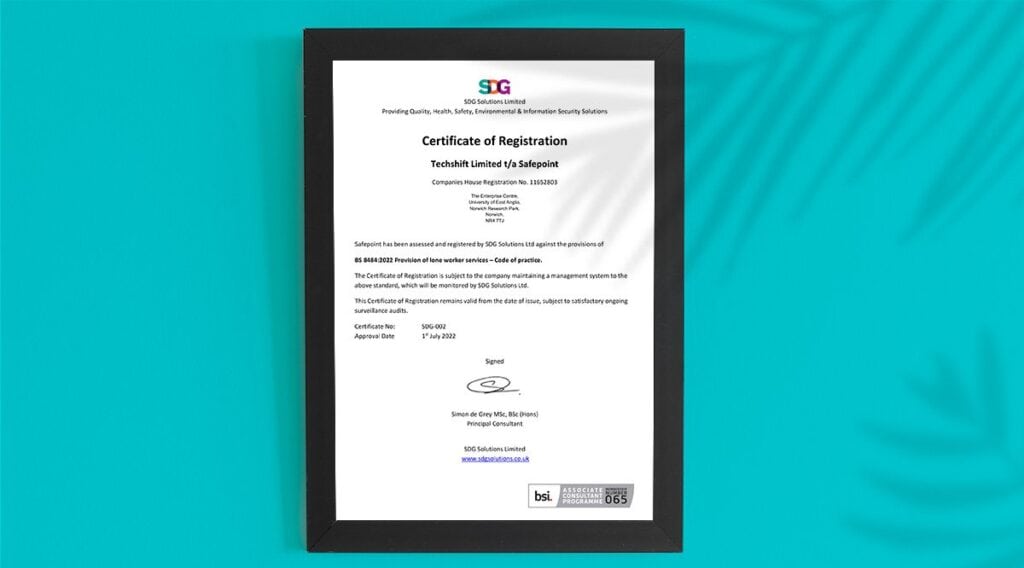
Safepoint’s BS 8484 status is assessed, audited and registered by British Standard Institute Associate Consultants.
As well as meeting our BS 8484 accreditation, we also aim to surpass these standards, wherever possible. Through our focus on innovation, we are always bringing in new features and standards that provide a safer, more transparent and more helpful suite of services for our clients.
Safepoint’s Alarm Receiving Centre is not only certified to BS 8484 but also to BS 5979 and its security staff are vetted to BS 7858 standards.
If you’d like to learn more about Safepoint, you can book a demo with our friendly team, who will be happy to answer any questions you may have. You can also try Safepoint for free for 14 days!
Award-winning safety management tools and a fully accredited response team.